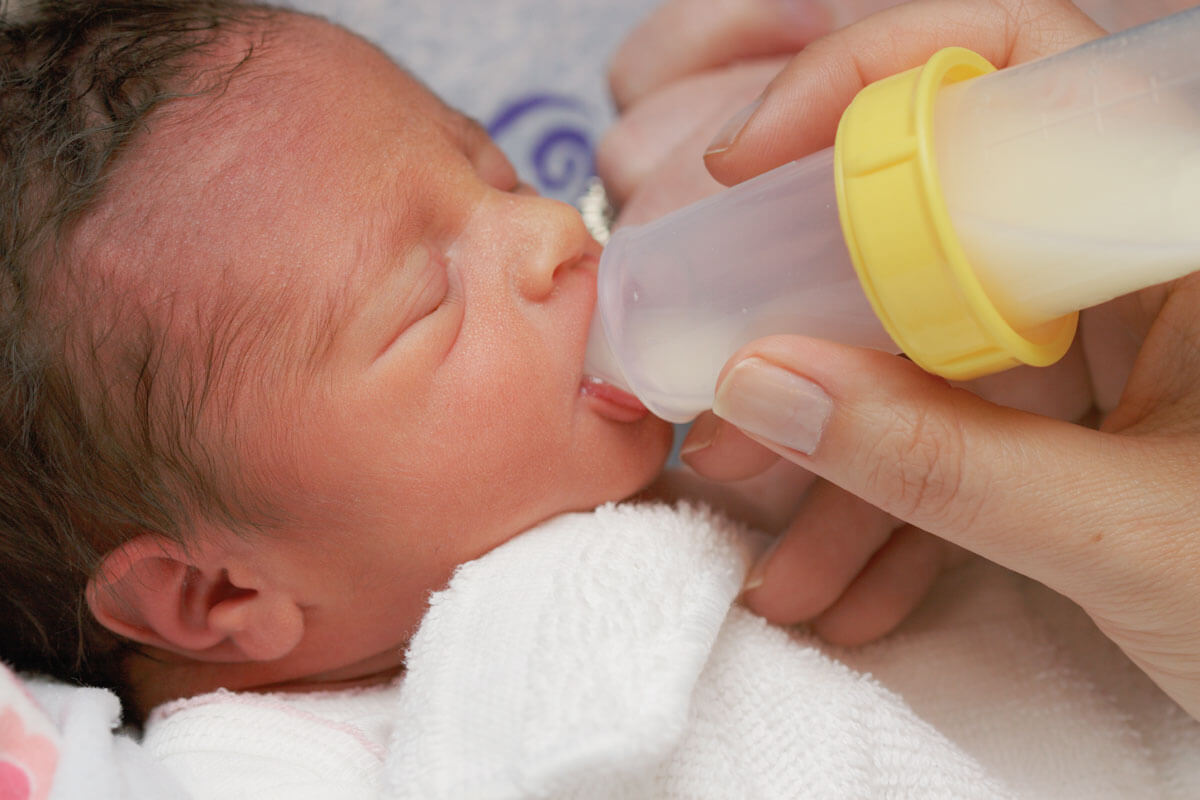Feeding your prematurely born baby
- Home
- Ellyn Satter
- Newborn / Infant
- Frequently Asked Questions
- Feeding your prematurely born baby

What happened in the hospital can make your baby touchy about eating. Tubes, suctioning, and respirators all teach babies that a new mouth feeling can hurt. After she gets home, she is still scared of a new nipple, a new formula, starting spoon-feeding, or your trying to get her to eat more than she wants. She needs time and care to learn to enjoy eating.


It might be hard to get on her wavelength. She could have trouble waking up to eat. Then she could get so upset it is hard for her to eat well.
Your baby will eat best if you let her do her part with feeding. Don’t try to follow a schedule. Don’t try to get her to eat a certain amount. Even though she is tiny, she can show you when she is hungry and when she is full.
© Ellyn Satter
Side-Lying Hold
This hold is useful when:
Cross-Cradle Hold
This hold is useful when:
Clutch or “Football” Hold
This hold is useful when:
Cradle Hold
This hold is useful when:
Laid-Back Hold
This hold is useful when: